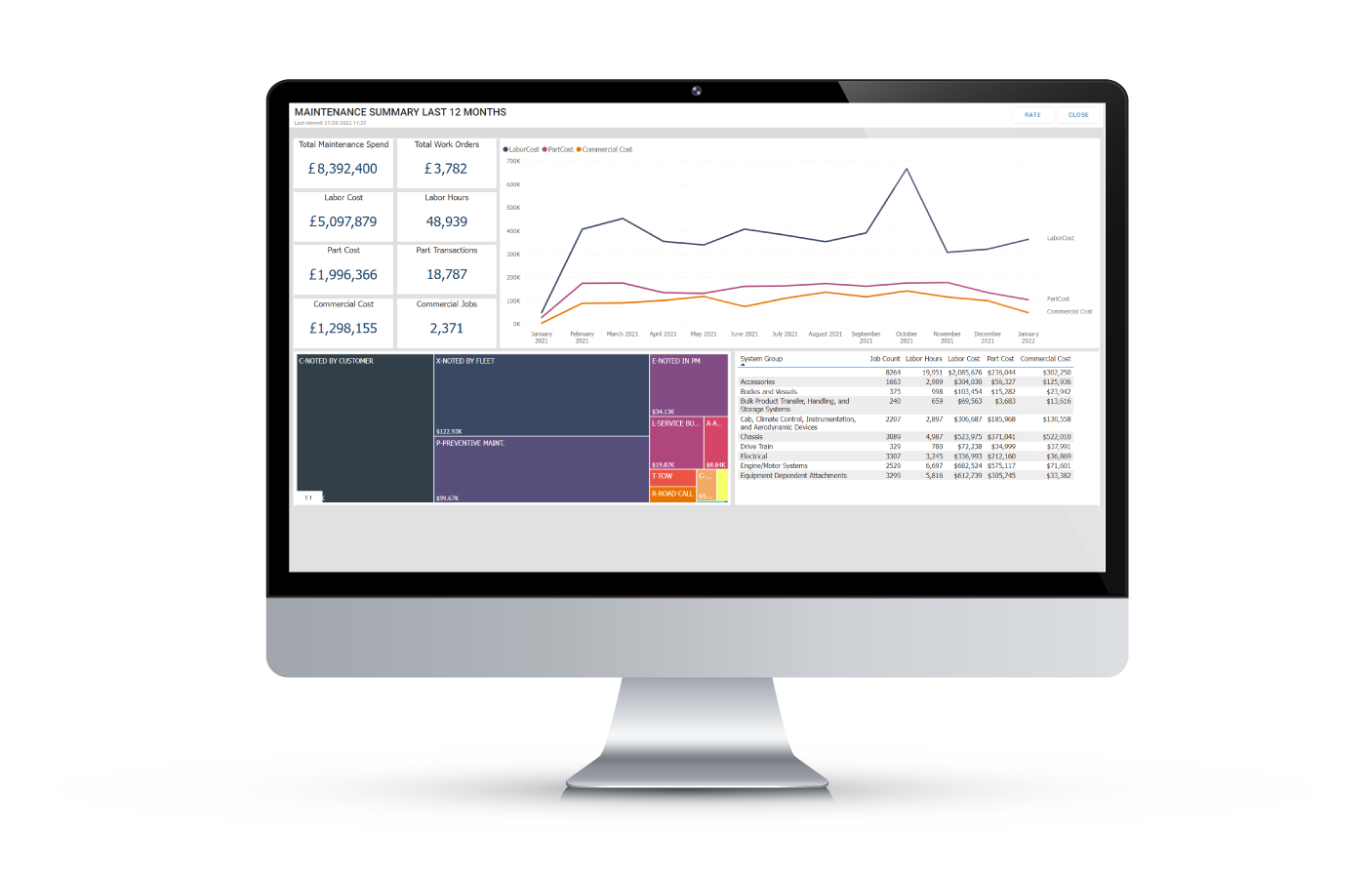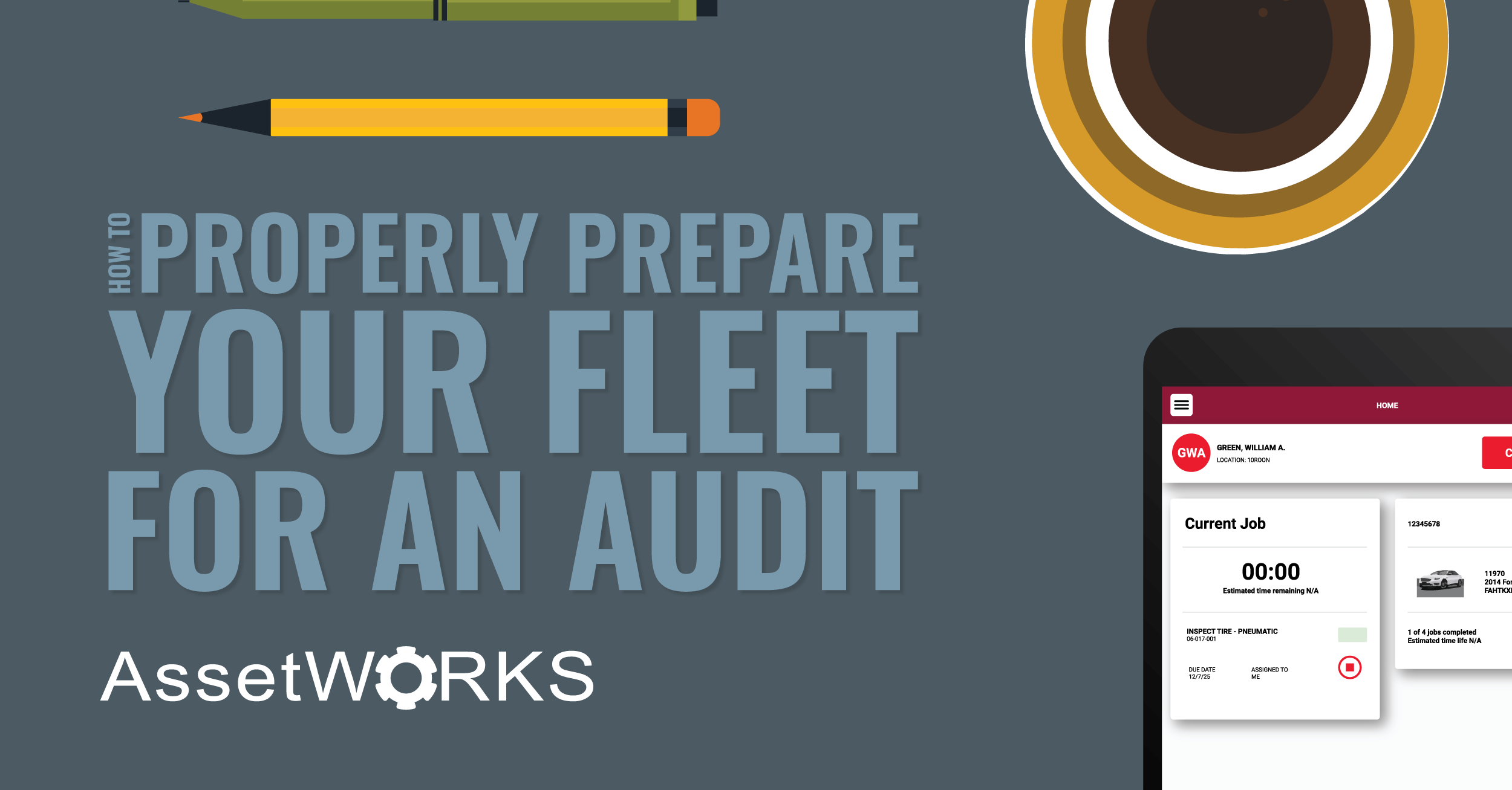A fleet management plan serves as the cornerstone for an effective fleet management system. These plans provide a road map for organisations to understand their objectives, long-term fleet management, and maintenance strategies.
In this blog, you’ll learn the five steps to effective fleet planning, from completing an asset inventory to financial planning.
1) Complete an Asset Inventory
You cannot effectively manage your fleet if you don’t know what assets you have. Before constructing your plan, you must take a close look at your fleet by conducting a complete asset inventory. This will serve as the basis of your plan. This inventory should include fleet accessories and maintenance tools as well as vehicles.
For example, the inventory should include:
- What assets you have
- Where they are located or stored
- What their values are
- When they were built, bought, leased, or rented
- What their expected life cycles are
- When are licenses, taxes, and MOTs due?
Inputting these details into a fleet management system such as AssetWorks FleetFocus will allow the whole organisation: fleet managers to engineers, to see and keep these details updated. Keeping the inventory updated in a fleet management system provides the tools for fleets to operate smoothly: maintenance schedules, parts inventory management and robust work order functionality.

2) Calculate Whole Life Costs
Fleet managers are responsible for setting fleet management strategies and making sure the correct assets are available to the right essential operators. For your plan to be accurate, you need to calculate your assets’ entire life-cycle costs, not just how much they cost at initial purchase. During an average asset’s life, there are many opportunities for added costs, like maintenance, capital, condition, performance modeling, and even disposal costs. Remember: your asset management plan is only as accurate as your whole life costs.
Calculating whole life-costs can be done manually, however, using a software tool can save time and in most cases be more accurate. Tools such as AssetWorks Capital Asset Management (CAM) provide instant access to multiple whole life cost models based on your real fleet data. With CAM, you can instantly calculate annual operating rates, forecast operating costs, calculate labour equivalents and more—analyses that typically take fleet managers weeks to generate!
Benefits of this step include:
- Ability to replace assets within a fleet at optimum economic end-of-life.
- Prioritise replacements to allocate scarce capital budgets and minimise future operating and maintenance costs.
- Understand the impact of maintenance decisions on an asset’s whole life cycle, as well as how the whole life cycle can impact the maintenance and funding budget.
- Manage the procurement process to minimise acquisition costs.
- Manage the remarketing process to maximise salvage value.

3) Set Levels of Service
Each fleet is unique, however, every fleet is providing a service, whether that is delivering products to customers or transporting staff on their commute. Use levels of service to outline the overall quality, capacity, function, and safety of the different services your fleet provides. The requirements of maintaining that service will dictate the operating, maintenance and renewal activities that need to occur moving forward.
To assess your levels of service, think about:
- The level of service you’re currently providing
- How that level of service is expected to change
- The annual cost of current service
- If there is funding to support any change in service
- If your current level of service is meeting the needs and expectations of users and/or customers

4) Apply Cost-effective Fleet Management
Are you managing your fleet proactively or reactively? In most cases, proactive management is more cost-effective in the long run compared to reactive management. For example, if you wait until there is a backlog of faults until the vehicle is no longer safe to be on the road before fixing the issues, you can end up spending more money than if you proactively conduct fleet maintenance over time. You are practicing cost-effective management when you do the most cost-effective maintenance, repair, or replacement at the right time during the entire fleet life cycle.
5) Execute long-term financial planning
Your fleet management should naturally translate into long-term financial planning. A long-term financial plan will help you determine which of your objectives are feasible, which are important, and which can maintain your priority assets over the long term. In the UK fleet industry, long term planning does include transitioning to alternative fuels such as EV. This should be included in the financial planning to ensure your calculated whole life costs can be optimised to transition to alternative fuels in the long term.












